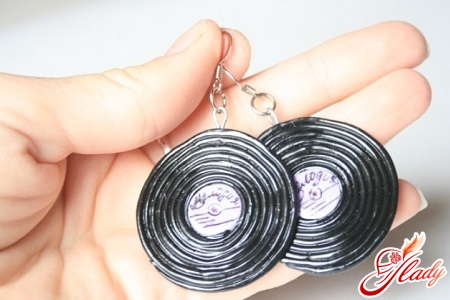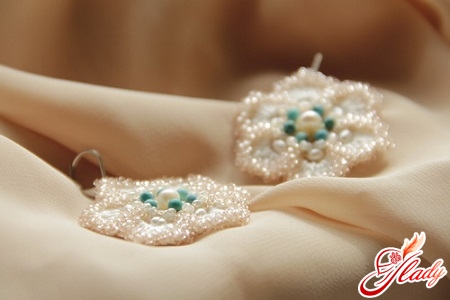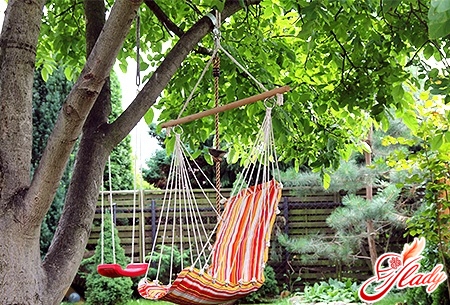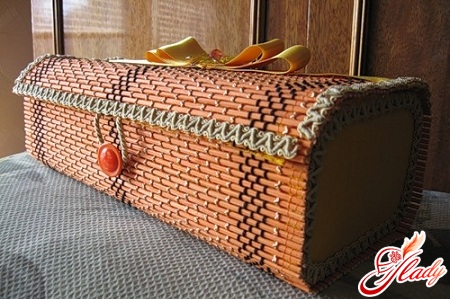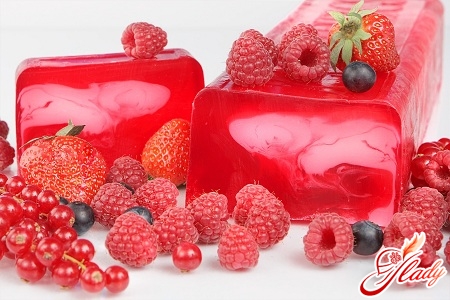 How interestingly the world works!What was recently the prerogative of professionals only, today can easily become an exciting and original hobby. Take soap making, for example. Of course, most home-grown soap makers use ready-made bases sold in specialized stores, or make soap from soap scraps or harmless baby soap. However, advanced needlewomen can even make soap from scratch! Do you know what that is? Oh, no! It is not just learning the basics and laws of soap making in the complete absence of such knowledge. Soap making from scratch is making a soap base from chemical components, and only then – soap making itself. This method of soap making at home is known in two main versions or methods. Cold and hot soap making. In fact, these methods are very similar, but have certain differences. Let's find out more about them.
How interestingly the world works!What was recently the prerogative of professionals only, today can easily become an exciting and original hobby. Take soap making, for example. Of course, most home-grown soap makers use ready-made bases sold in specialized stores, or make soap from soap scraps or harmless baby soap. However, advanced needlewomen can even make soap from scratch! Do you know what that is? Oh, no! It is not just learning the basics and laws of soap making in the complete absence of such knowledge. Soap making from scratch is making a soap base from chemical components, and only then – soap making itself. This method of soap making at home is known in two main versions or methods. Cold and hot soap making. In fact, these methods are very similar, but have certain differences. Let's find out more about them.
Cold way of soap making
Soap making "from scratch" at homeconditions – the process is quite dangerous, since you will have to work with chemicals. So in addition to the components of the soap base, you need to stock up on auxiliary equipment. So, for cold process soap making you will need:
- material to protect the working surface (newspaper, oilcloth);
- a measuring or ordinary glass for weighing alkali;
- electronic kitchen or pharmacy scales (with an error of up to 0.1 g);
- glass heat-resistant glass for alkali;
- two laboratory or culinary thermometers;
- a glass or metal pan;
- capacity for cooling of alkaline solution;
- a wooden spoon or spatula;
- blender or mixer;
- table vinegar or citric acid in case of alkali on the skin;
- mold for soap filling;
- food film for lining the mold;
- towel;
- knife.
In addition to these materials and tools, you will be provided withPersonal protective equipment is also necessary: a respirator, glasses, gloves. And most importantly, all the utensils that will be used for soap making must be intended only for this purpose. It is strictly forbidden to use them for food products! And, of course, the ingredients needed for soap making from scratch:
- alkali;
- water;
- basic (basic) oils;
- essential oils or fragrances;
- dyes;
- fillers.
The alkali we need is also known ascaustic soda or caustic soda. We will need soft water, preferably bottled or clean spring water, but not chlorinated. The basic oils are sea buckthorn or rosehip oil, orange or peach, or even regular burdock or olive oil. As fillers, you can use dried flowers or medicinal herbs, oatmeal, coffee and everything that is used in regular soap making. So, the process itself. We cover the table and the floor near it with oilcloth or newspapers, open the window or turn on the exhaust hood, put on glasses, gloves and a respirator and prepare all the materials and equipment. First, we prepare an alkaline solution. We put a glass on the electronic scales and adjust them to the "zero" mark. Now we measure out the required amount of caustic soda, pouring it into the glass with a spoon so that alkaline dust does not rise. Take a heat-resistant glass and, having placed its canopies, set the “zero” mark and weigh the required amount of water. Place the glass with water in the sink and turn on the running water, which will cool our alkaline solution. Carefully pour dry alkali into the glass with water. Note: the solution will heat up strongly and emit steam. Be careful and bend low to the sink. And one more thing. It is important to pour the powder into the water, and not do the opposite. Now stir the solution until the powder is completely dissolved and leave it to cool. Measure out the required amount of base oil using electronic scales and heat it in a water bath. Now measure the temperature of the oil and alkaline solution with thermometers. If their temperature is the same and it is not less than 30 and not more than 70 degrees, then mix both ingredients. The permissible temperature difference before mixing is no more than two degrees. So, pour the alkali into the oil in a thin stream, stirring constantly. During the mixing process, the mass will begin to thicken and become cloudy, turning into a soap base. After that, beat it with a mixer or blender, achieving even greater thickness. Beat the soap base until the so-called trace state, when droplets flowing from the mixer blades or from the blender leave noticeable traces on its surface. Then add all the additional ingredients: dye, flavors, fillers. Mix the mass and put it in a mold covered with cling film. Cover the mold with film (paper, lid), wrap it in a towel and leave for a day (at least). When the soap has hardened enough, carefully remove it from the mold, cut into pieces and lay out on a tray or cutting board for several days. After three to four days, wrap the soap in parchment and leave for a month to mature. Only mature soap can be used.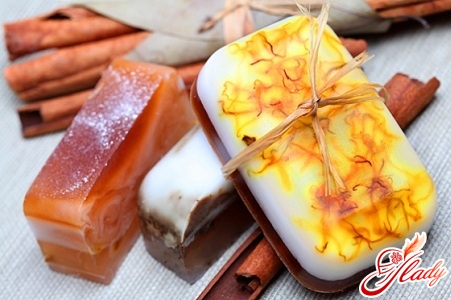
A hot way of soap making from scratch
If in the cold process of soap making inAt home, the finished product needs to mature for several more weeks, but the hot method allows you to avoid this lengthy process. By and large, the hot method completely repeats the cold method, only the soap does not mature in its finished form, but is boiled before pouring into a mold (or molds). So, the materials and tools needed are the same as for cold soap making, and in addition to them, you will need a container for a water bath. So, as in the first option, mix the alkali with water, heat the base oils, equalize the temperature of the alkaline solution and oil, and beat the soap base to the trace stage. After that, put the pan with the soap base in a water bath so that the water in the container is at the same level as the soap mass. Now cover the container with the soap base with a towel, and then with a lid. If you do not cover the soap mass with a towel, then condensation will flow into it during boiling. Boil the mass for about two hours, stirring every thirty minutes. During the boiling process, the soap base will first begin to turn into a gel, and then acquire the consistency of liquid wax. At this stage, the soap needs to be boiled for about ten minutes. You can determine the readiness of the soap by testing it on your tongue. To do this, scoop up a little soap mass and touch it with the tip of your tongue (the tip!). If your tongue does not sting, then the soap base is ready. Without removing the container from the water bath, add all the additional ingredients to the soap mass: essential oils, superfat (oils that do not enter into a chemical reaction and soften the skin), dyes and fillers. Mix everything well and pour the soap into molds. Tap each mold on the table so that air comes out of the soap and no voids form in it. Soap making at home using the hot method allows you to get ready soap in just a day.
Soap Recipes from Scratch
Soap making is a fascinating process.The variety of handmade soap recipes is simply amazing. You can make moisturizing or nourishing soap, healing soap and exfoliating soap. In your hands (literally) and cream soap, and glycerin soap. You can come up with a recipe yourself, or you can use a ready-made recipe. Here are just a few of them. Soap "Milk and Honey"
- 247 g of water;
- 94.2 g of alkali;
- 65 g of cocoa butter;
- 98 g of castor oil;
- 98 g of coconut oil;
- 98 g of palm oil;
- 65 g of sunflower oil;
- 52 g of butter (rehash);
- 15.6 g of apricot kernel oil (rehash);
- Coconut flavor;
- Light honey (for one layer);
- Titanium dioxide (for the second layer).
Grape Soap
- 85.7 g of alkali;
- 220 g of water;
- 30 g freshly squeezed grape juice;
- 100 g of grape seed oil;
- 40 g of castor oil;
- 24.4 g of coconut oil;
- 100 g of corn oil;
- 330 g of palm oil;
- 2 tablespoons ground grapes;
- Grape fragrance;
- Titanium dioxide (for a light layer).
Carrot soap
- 247 g freshly squeezed carrot juice;
- 93, 56 g of alkali;
- 11.7 g of lactic acid;
- 33 g of beeswax;
- 98 g of castor oil;
- 65 g of coconut oil;
- 65 g of flaxseed oil;
- 228 g of palm oil;
- 65 g of carrot oil;
- 33 g of pumpkin oil;
- 65 g of shea butter;
- 52.16 grams of a mixture of apricot and peach kernel oil (reef);
- Odor with the smell of honey and tropical fruits;
- 2 tablespoons buckwheat honey.
Orange Chocolate Soap
- 340 g of water;
- 100.3 g of alkali;
- 80 g of castor oil;
- 80 g of coconut oil;
- 80 g of linseed oil;
- 160 g of milk fat;
- 160 g of olive oil;
- 240 g of shea butter;
- 50 g of orange oil;
- 2 tablespoons orange peel;
- 1 tablespoon sea buckthorn oil (rehash);
- 30 g of grated cocoa.
Soap with clay and sea salt
- 304 g of water;
- 64 g of olive oil (rehash);
- 114.7 g of alkali;
- 80 g of cocoa butter;
- 120 corn oil;
- 120 g of castor oil;
- 128 g of coconut oil;
- 240 g of palm oil;
- 112 g of shea butter;
- Essential oils of anise and mint;
- A mixture of blue and black clay (one layer);
- Sea salt (second layer).
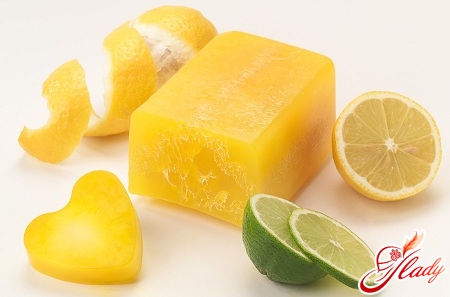
Making soap recipe "from scratch"
Turning your home into achemical laboratory and using ready-made recipes, you can master almost professional soap making at home. However, advanced soap makers make up recipes for such soap on their own. Of course, professional soap making is a whole art that requires certain knowledge and skills. For example, how to make a recipe for soap "from scratch"? The main thing here is the accuracy of calculations and measurements. An error of even one gram can lead to a complete collapse of your venture. The amount of alkali directly depends on and changes the amount of the main (base) oil. This dependence is expressed in a certain coefficient called the saponification number. The amount of alkali is calculated using the formula: the weight of the oil in grams, multiplied by the saponification number and multiplied by 95%. The resulting number will be the weight of the alkali in grams. The amount of water also depends on the weight of the oil. To calculate the weight of the water, you need to multiply the total weight of the base oils by the number "0.375". Different oils have different saponification numbers. Here are the characteristics of some oils used in soap making:
- 0.066 - jojoba oil;
- 0.069 - beeswax;
- 0.126 - mustard oil;
- 0,128 - grape seed oil, shea butter and castor oil;
- 0.132 - wheat germ oil;
- 0.133 - avocado oil;
- 0,134 - flaxseed, olive, sunflower oil and peach seed oil;
- 0.135 - peanut, pumpkin oil and apricot kernel oil;
- 0.136 - walnut oil and sweet almonds;
- 0.137 - cocoa butter and sesame oil;
- 0.141 - palm oil;
- 0.190 - coconut oil;
- 0,193 - rosehip oil;
- 0,255 - milk fat.
And in conclusion of our excursion into the world of professional soap making, we would like to remind you once again about safety measures and some nuances.
Be careful, attentive and accurate. With due patience you will definitely master these methods of soap making from scratch. Good luck! We recommend reading:




